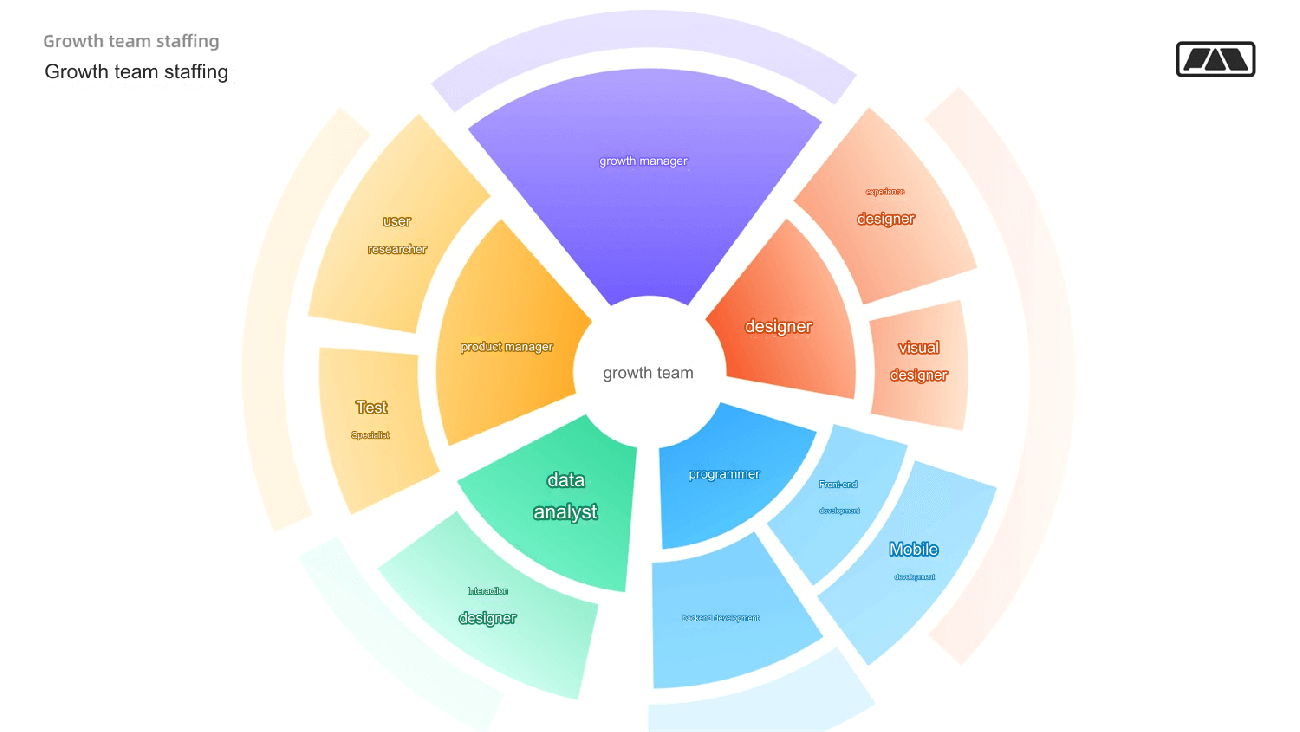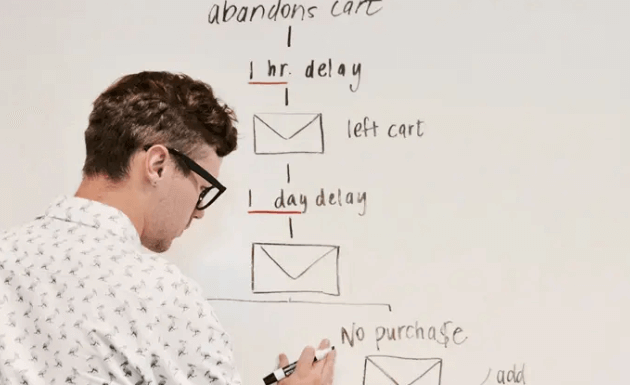Understanding user growth is essential for every product, and as a product designer, your involvement in this process is crucial. This guide explores the concept of user growth, how to design for it, and why it’s important for designers to grasp this concept. By developing a clear understanding of user growth, designers can better contribute to product development and team collaboration, ultimately fostering a growth-oriented design mindset.
1. The Concept of User Growth
User growth is a long-term strategic goal for every product. As designers, you will inevitably participate in and influence this growth. Therefore, it's essential to have a clear understanding of user growth to effectively empower product development and enhance team collaboration, thereby cultivating a growth-oriented design philosophy.
Typically, user growth strategies are implemented through product experience optimization and marketing efforts. A comprehensive growth strategy includes various stages, such as user acquisition, usage, engagement, and sharing. Both product experience optimization and marketing activities are merely parts of the overall growth strategy. Hence, much of your work is aligned with the broader goal of user growth. As a product designer, can you confidently say you don’t need to understand user growth?
More and more companies recognize that user experience is the source of growth and competitive advantage. This highlights the strategic importance of growth, alongside user experience.
2. What Is a Growth Strategy?
For those unfamiliar with the term, a growth strategy might seem straightforward. In essence, it refers to strategies designed to drive more user traffic and commercial conversions for a product. A growth strategy should be cost-effective and sustainable, functioning like a reservoir that continuously accumulates users and expands capacity, rather than a simple pipeline for user traffic.
To illustrate, imagine you have a WeChat public account. Your readers represent user traffic. Without traffic-driven clicks or ad conversions, your account holds little value. At this point, you would focus on increasing user traffic or followers. You might share your account’s content to attract new users, organize events to build private traffic channels, or engage in mutual promotions with other accounts. This entire process—exposure leading to user activation—is part of user growth.
Once you have gained some followers, your next focus is to attract more traffic and produce content that meets their expectations to retain them. Retention is key, ensuring that user traffic remains stable and contributes to your account’s reputation and value.
When your account reaches a large number of followers or impressive traffic metrics, you unlock new opportunities. Advertisers may approach you for partnerships or ads, enabling your followers to generate revenue for you. While revenue might not be the primary goal, maintaining a profitable account is crucial.
Additionally, natural user growth can occur through referrals. For example, a satisfied follower may share your content with friends, leading to new followers. If a single follower refers multiple new users, this is known as viral growth.
In summary, the growth process involves: exposure -> user activation -> retention -> conversion and revenue -> referral and recommendation. This outline reflects the AARRR growth strategy, which, while appearing straightforward, is complex in practice.
3. Common Growth Strategies
AARRR Growth Strategy:Often associated with "Growth Hacking," the AARRR model includes: Acquisition, Activation, Retention, Revenue, and Referral. This funnel model illustrates the stages users undergo for sustainable growth.
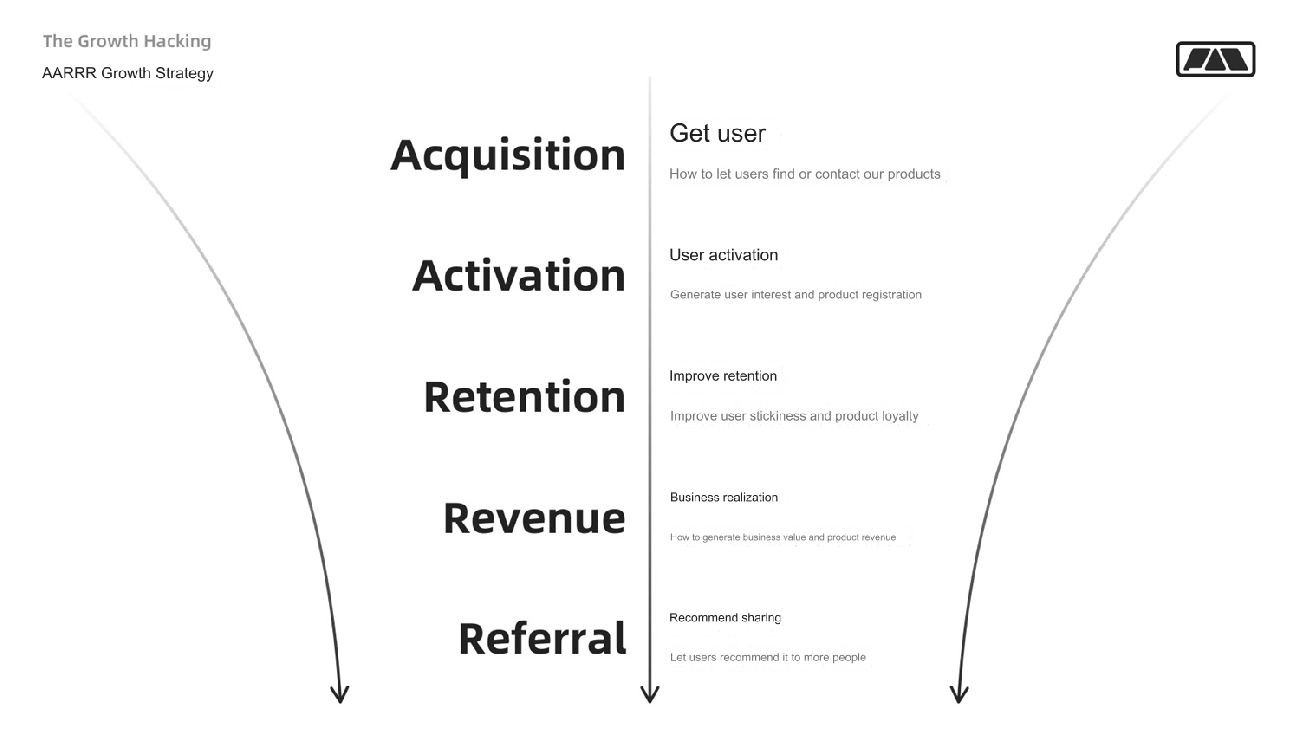
The concept of growth hacking has been around for years, with many prominent companies successfully applying it. Despite its evolution, growth hacking remains a vital strategy in modern growth practices.
RARRA Growth Strategy:For C-end products, competition is intense. Without sufficient retention, users quickly move to competitors. This highlights the importance of retention in growth strategies, leading to the RARRA model:
Retention: Provide value to users to encourage return visits.
Activation: Ensure users recognize the product’s value.
Referral: Encourage users to share and recommend the product.
Revenue: Develop a business model that generates profit.
Acquisition: Motivate existing users to bring in new users.
6R Growth Strategy:The 6R model, introduced by GeTui’s CEO, covers: Recruitment, Reproduction (viral growth), Retargeting, Retention, Revenue, and Reservation. It represents a full lifecycle management approach for user growth, offering a smart solution for sustained growth.
This strategy is particularly suited for SaaS products in growth stages and requires building a strong reputation and brand image to drive user acquisition and engagement.
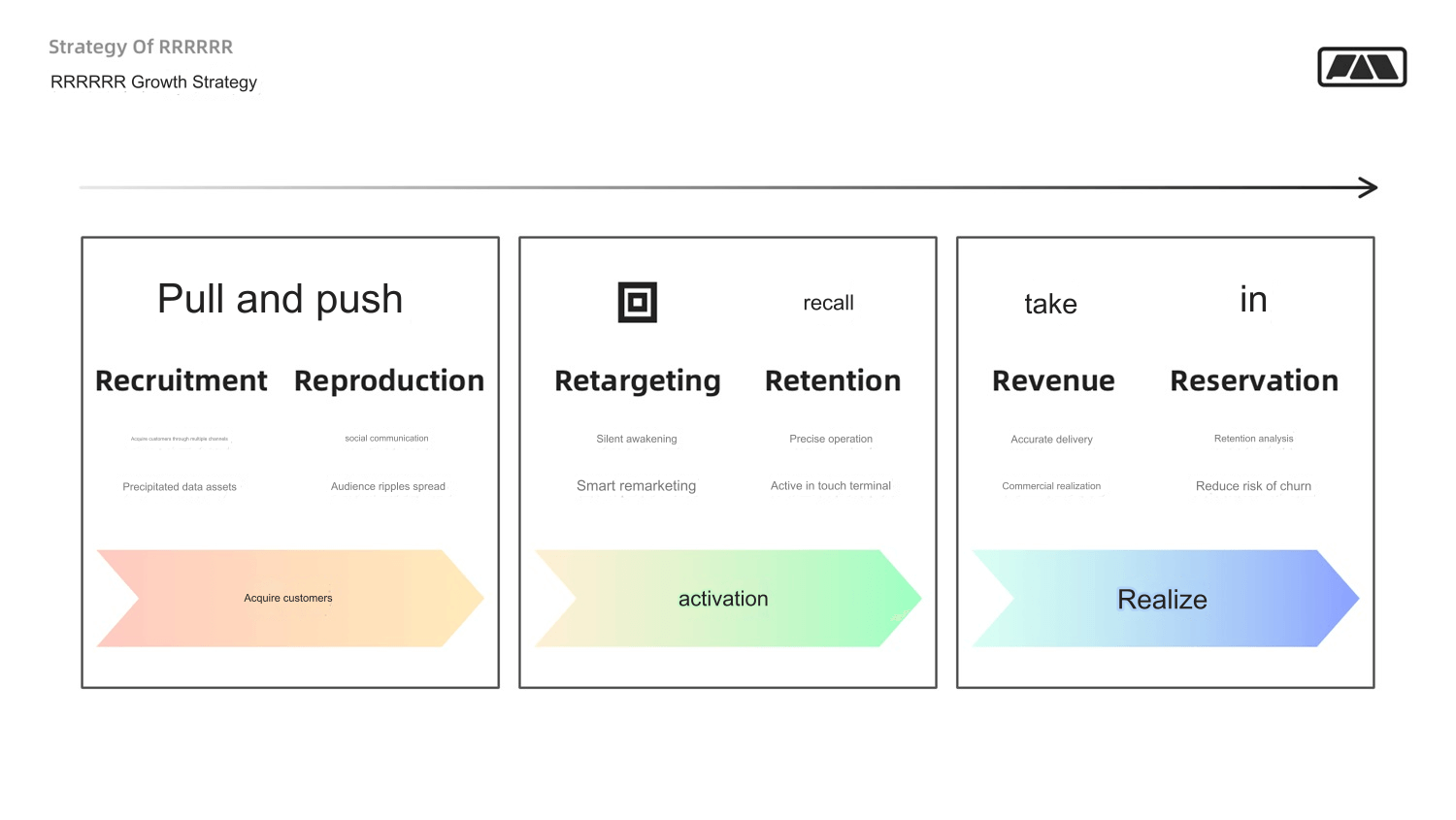
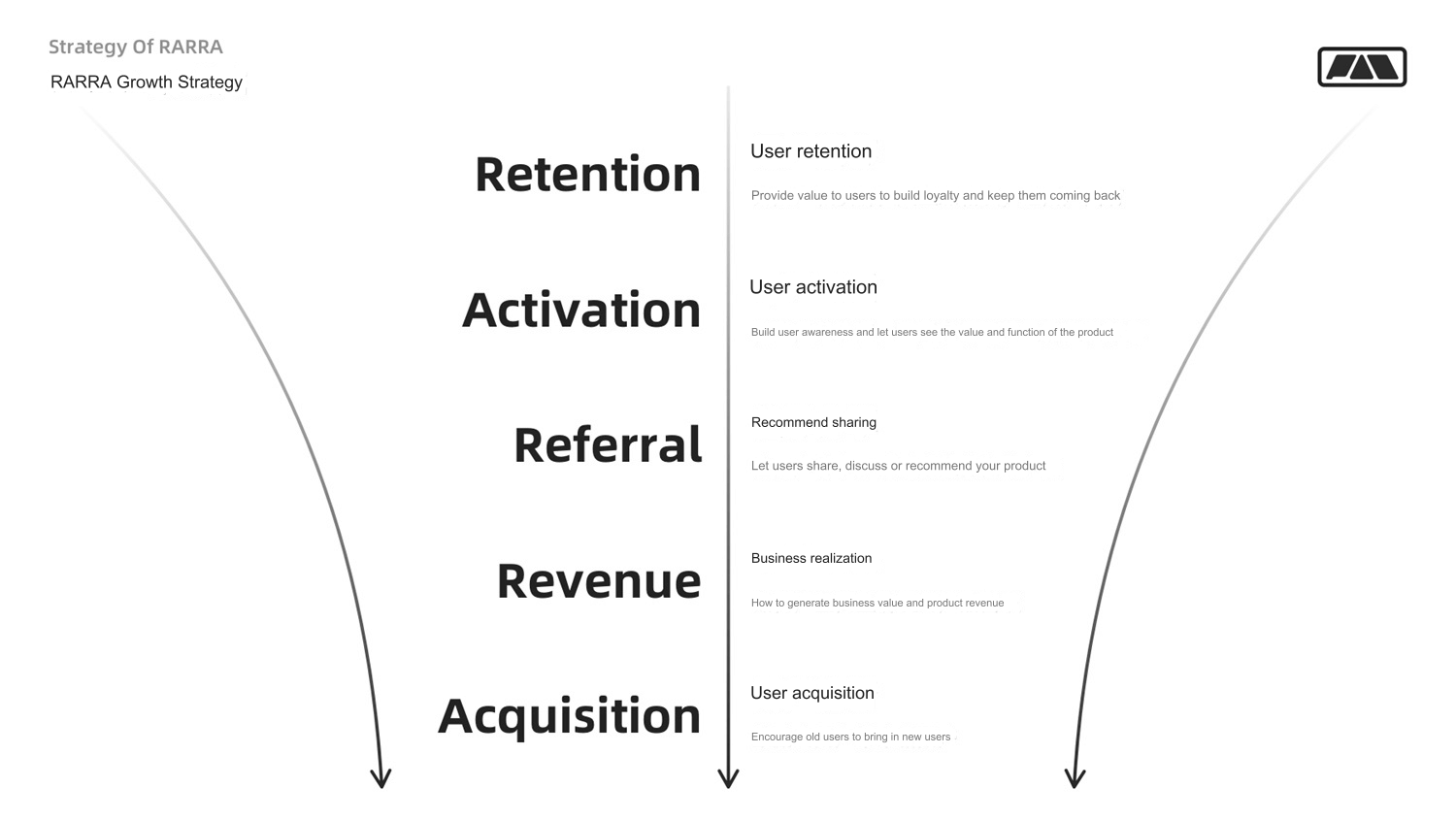
4. Application of Growth Strategies
Each growth strategy has its specific applications and limitations. Generally, strategies are tailored to market conditions and product development stages. For instance, the AARRR model is well-suited for growing C-end products, while RARRA is better for products facing intense competition with a substantial user base.
Understanding the appropriate strategy based on product type, growth stage, and market conditions is crucial. For a newly launched content-based social product, the focus should initially be on user acquisition, activation, and retention. Only after achieving a certain user base should commercialization and viral growth be prioritized. Premature commercialization or ads can deter users, especially for content-focused community products.
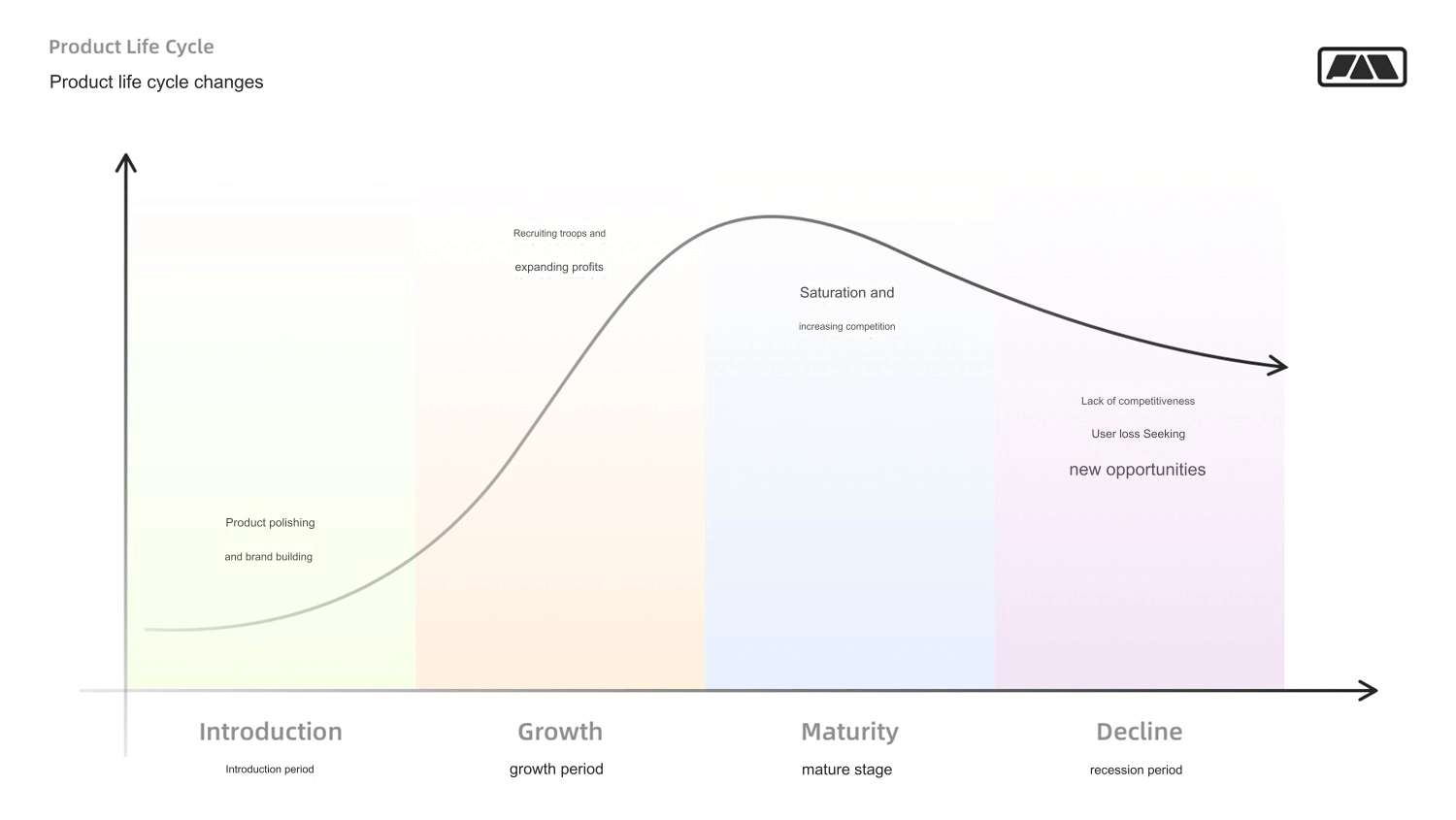
No single growth strategy is universally effective. Understanding the application range of different strategies and selecting the most suitable one for your product is essential for successful growth.

